Automated Vehicle Safety Consortium – Best Practices for Testing and Development
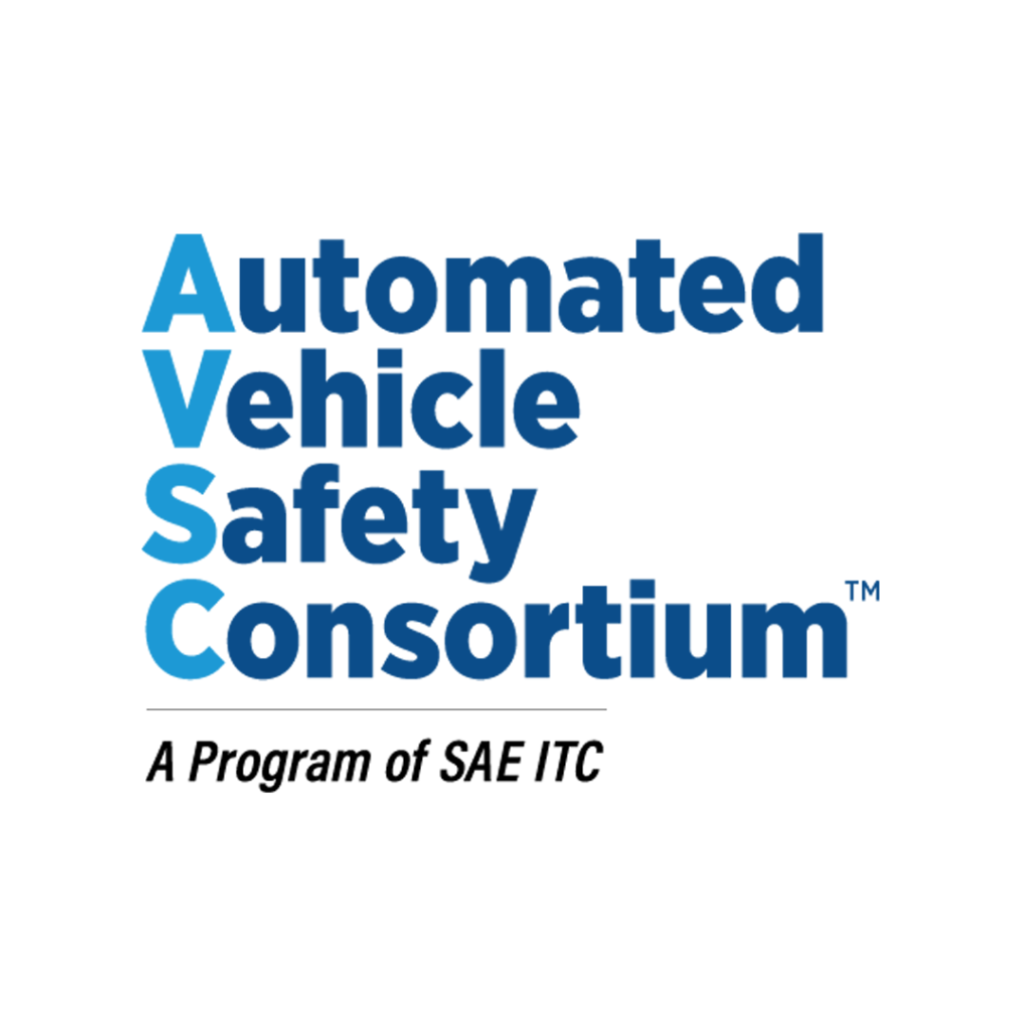
AVSC best practice documents are the result of information sharing and collaboration between industry members. They represent an agreement on the topics that are most relevant to the safe development and deployment of automated vehicles. AVSC members agree on WHY these topics are important, and WHAT the resulting recommendations are while leaving to the individual […]
What do self-driving vehicles mean for jobs and the economy?
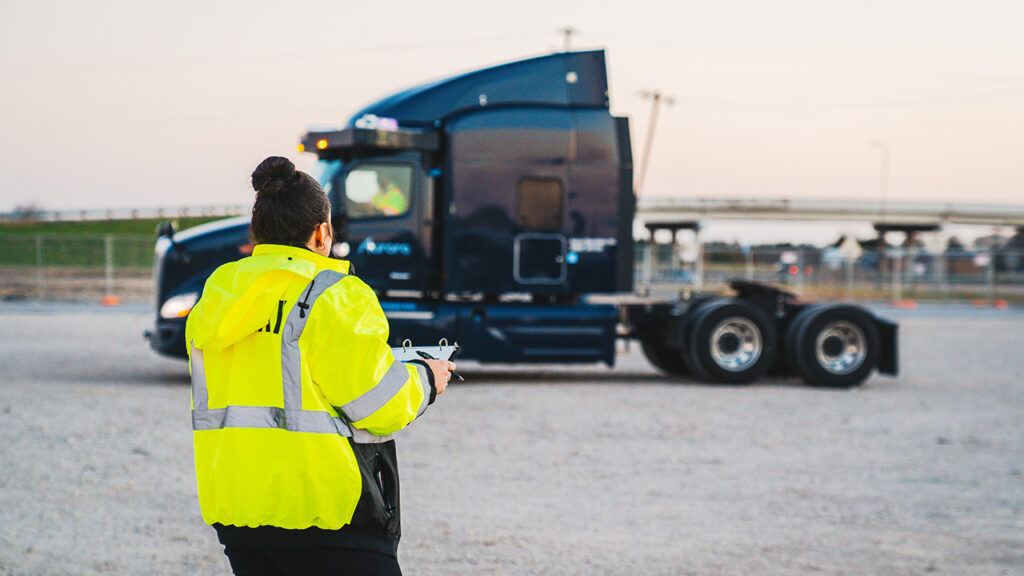
Autonomous trucks are delivering goods for customers, and they’re ushering in a world with safer roads and stronger supply chains. But as self-driving fleets commercially scale, what effects can we expect on jobs and the economy? The U.S. Department of Transportation studied this issue closely and, in 2021, issued a report on the macroeconomic impacts of […]
How Autonomous Vehicles are Making Transportation More Inclusive
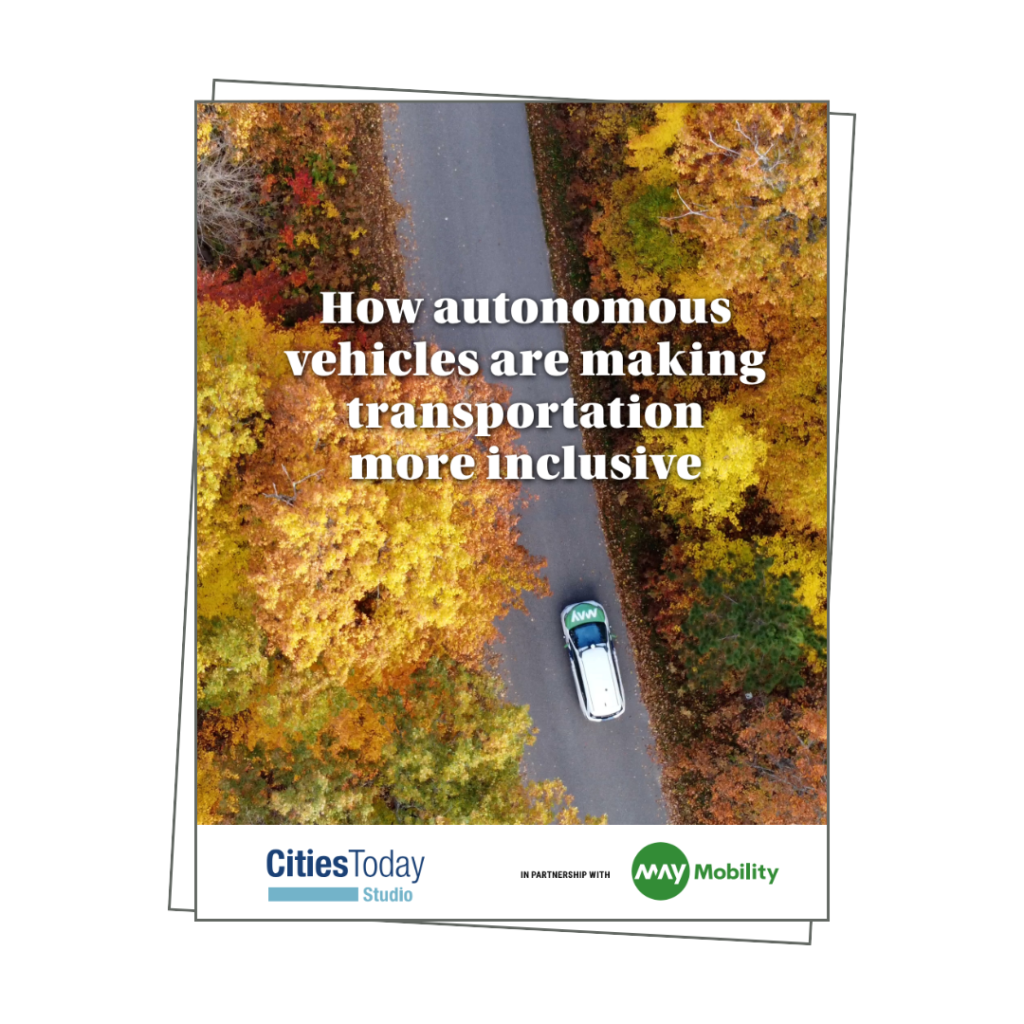
For people with disabilities, the elderly, and residents who live in underserved communities, barriers exist to accessing reliable transit. People with mobility issues may find it difficult to use public transport, and often rely on specialized services such as Paratransit. However, these services can be expensive, may require advance scheduling, and have limited availability. According […]
White Phase Intersection Control Through Distributed Coordination: A Mobile Controller Paradigm in a Mixed Traffic Stream

This study presents a vehicle-level distributed coordination strategy to control a mixed traffic stream of connected automated vehicles (CAVs) and connected human-driven vehicles (CHVs) through signalized intersections. Read the study
eBook: The Fundamentals of Automotive Cybersecurity
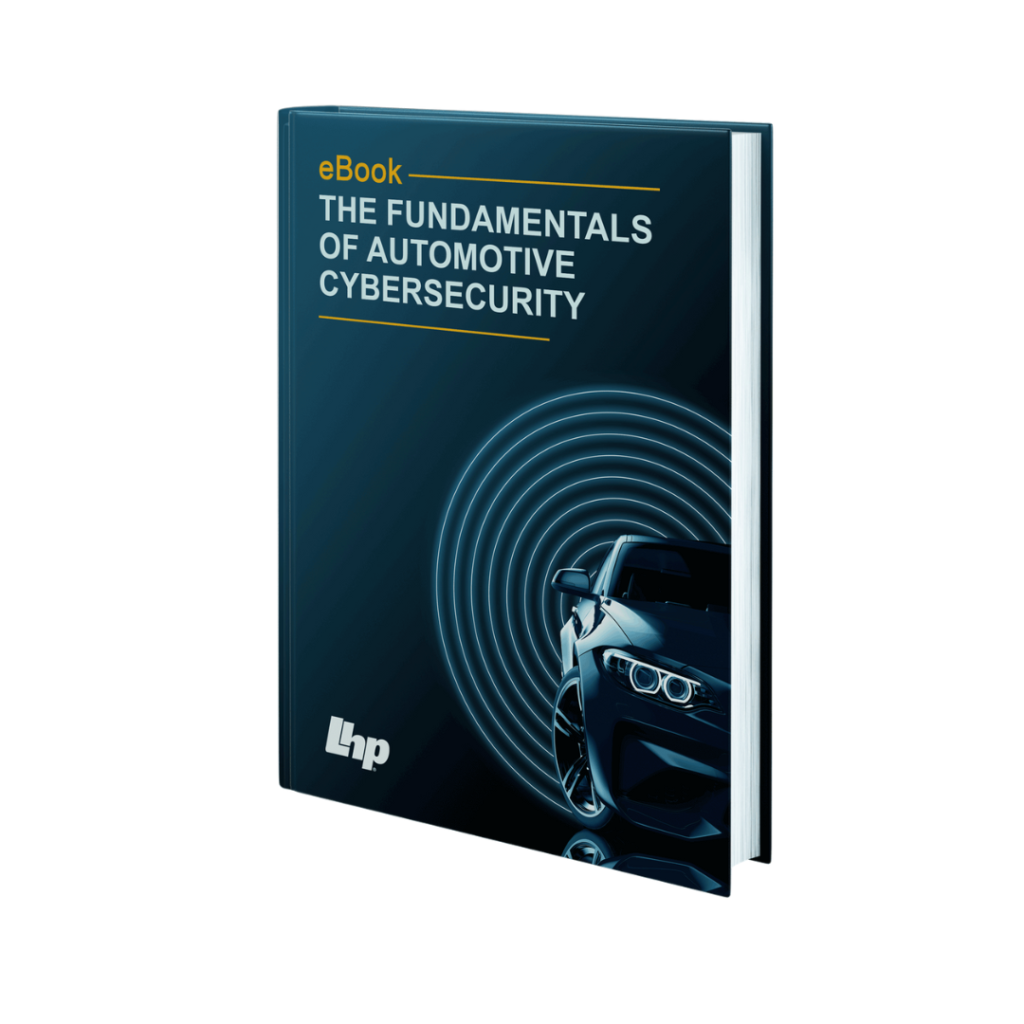
Modern electric vehicles (EVs) are mechatronic machines that combine electric propulsion, electronic control, mechanical actuators, and extensive sensor packages, to create a vehicle that is more intelligent, more efficient, and safer than traditional fossil fuel vehicles. And as they evolve, they are laying the foundations for true autonomous operation. The lifeblood of these systems is […]
Seattle Dept. of Transportation – RIDE NOW – Lessons Learned from Pilot Implementation
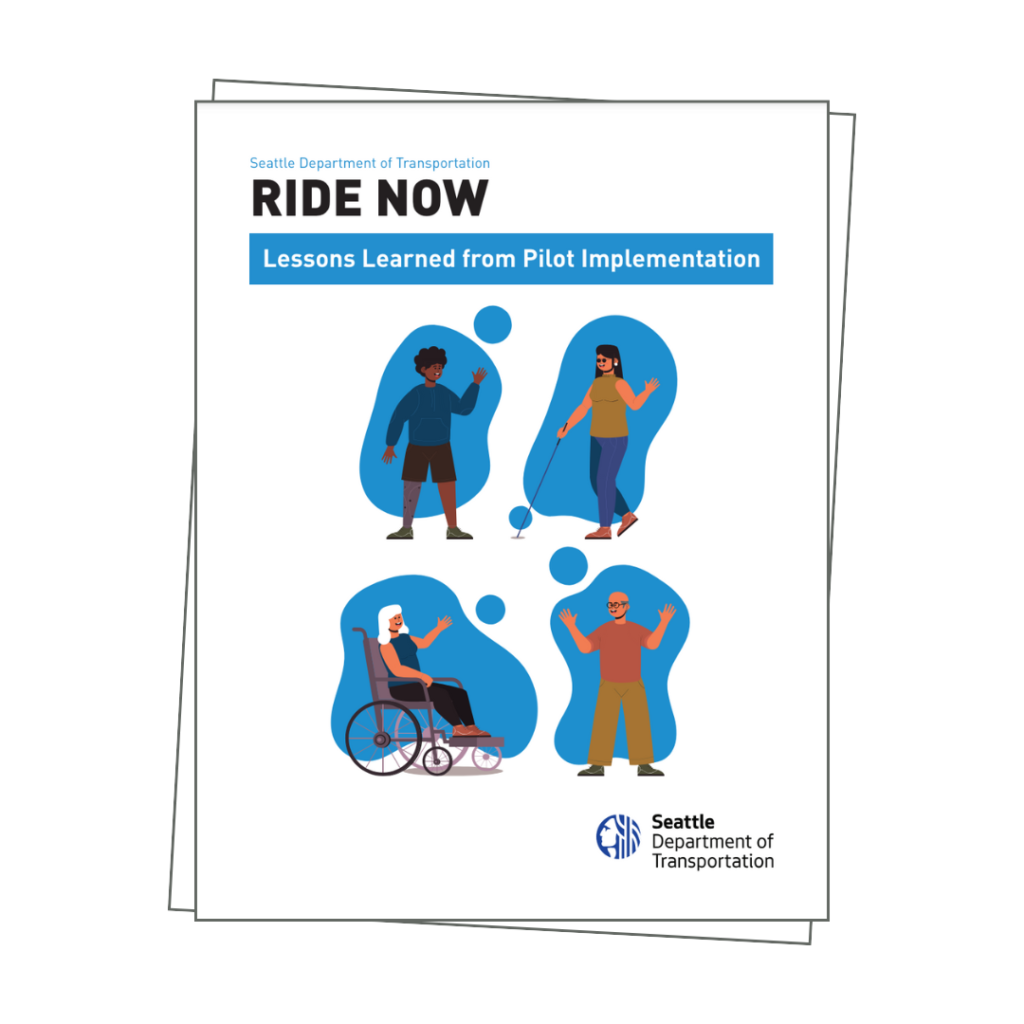
In 2020, the Seattle Department of Transportation (SDOT) received a grant application from the Transit Planning 4 All program to inclusively plan and implement a mobility on demand solution with and for older adults and people with disabilities. This document summarizes our approach and lessons learned piloting Ride Now, the mobility on demand solution. For […]
City of Bellevue and City of Seattle – Strategic Vision for Automated Vehicles
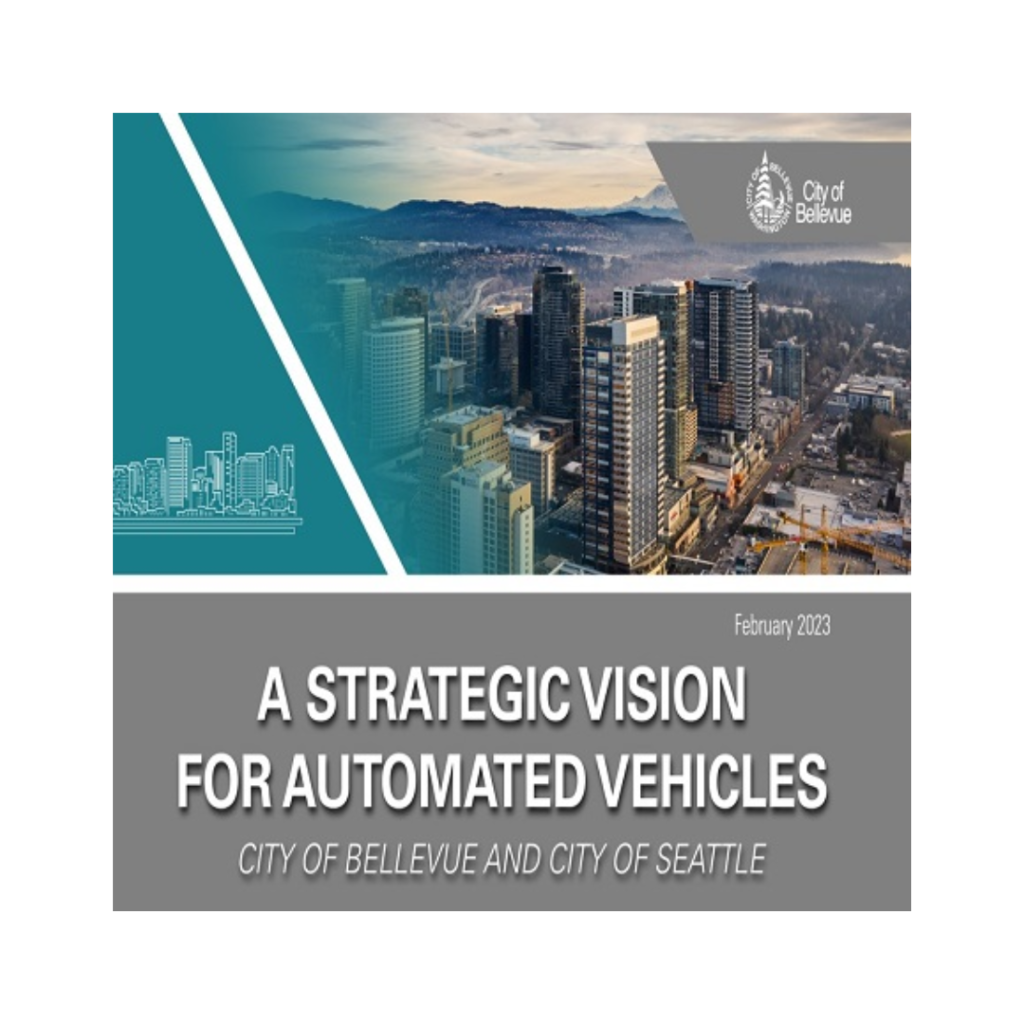
With widespread worldwide testing to advance the development of automated vehicles (AVs), vehicles equipped with technology which enables them to operate themselves and perform necessary functions without any human intervention, and the majority of states in the U.S. implementing some form of AV policy, cities and local governments need to prepare for eventual AV operations […]
Clearinghouse of CAT Policy Frameworks and Policy Statements

The intent of this page is to share cooperative automated transportation (CAT) policy frameworks and statements identified by the Policy, Legislative, and Regulatory (PLR) Working Group. The frameworks included in the table below are not intended to be an all-inclusive list. Rather, the intent is to share the examples that this working group has identified. […]
Public Acceptance towards Emerging Autonomous Vehicle Technology: A Bibliometric Research

In the current challenging and competitive dynamic business world today, automotive companies have been rapidly developing and promoting autonomous vehicles (AVs), which aim to reduce crashes, energy consumption, pollution, and congestion and increase transport accessibility. To ensure the successful adoption of AVs, an increasing number of studies have been conducted to understand public acceptance. This […]
Multiple vehicle cooperation and collision avoidance in automated vehicles: survey and an AI-enabled conceptual framework

Prospective customers are becoming more concerned about safety and comfort as the automobile industry swings toward automated vehicles (AVs). A comprehensive evaluation of recent AVs collision data indicates that modern automated driving systems are prone to rear-end collisions, usually leading to multiple-vehicle collisions. Moreover, most investigations into severe traffic conditions are confined to single-vehicle collisions. […]

